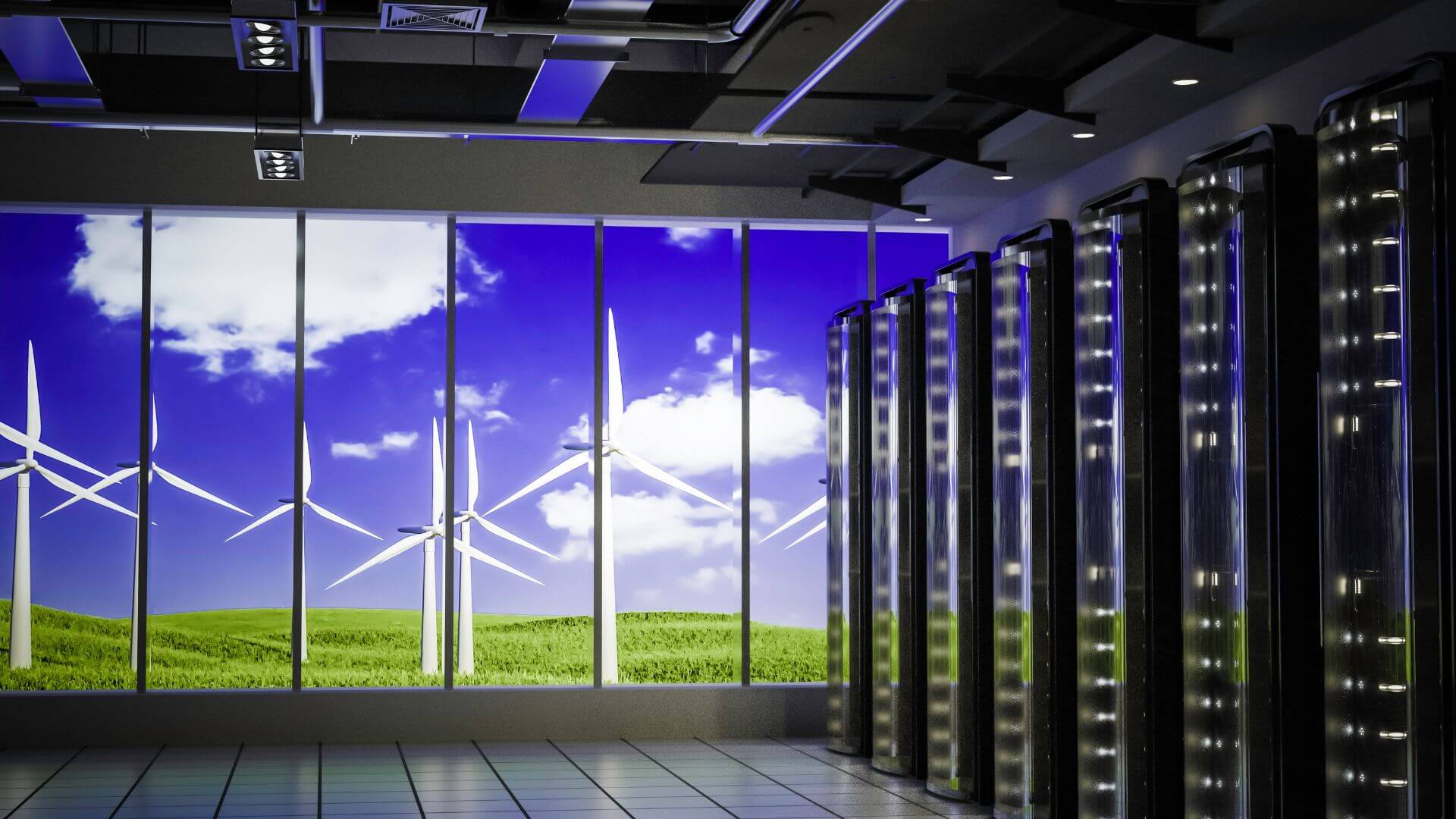
This study shows that increased action by federal, state, city, and local governments and businesses is necessary to set and achieve new U.S. national climate commitments that keep global temperature rise under the 1.5c target
WASHINGTON, D.C., September 25, 2024 – The Center for Global Sustainability (CGS) at the University of Maryland School of Public Policy released a new report today at Climate Week NYC showing that comprehensive, high-ambition climate action across all levels of government and all sectors of society and the economy can cut U.S. greenhouse gas emissions by 65% by 2035, compared to 2005 levels. The report titled, “Toward 2035: Forging a High-Ambition U.S. Climate Pathway,” comes as the United States prepares its 2035 nationally determined contribution (NDC), the updated climate action plan required under the Paris Agreement.
The CGS report conducted a modeling analysis of federal and state climate actions examining greenhouse gas reductions that are achievable if the current U.S. federal and non-federal climate policies remain the same or if they are enhanced with a more robust and ambitious set of policy actions in the years ahead.
“Under both the current and enhanced climate ambition scenarios, the power sector will drive the largest emissions reductions by 2035, though stronger steps to mitigate methane emissions can make a comparable climate impact in the near-term,” said Ryna Cui, Acting Director and Associate Research Professor at the Center for Global Sustainability. “And within the energy sector, an enhanced scenario means that the federal government goes beyond the Inflation Reduction Act to make additional investments and provide tax credits to help shutter all coal-fired power plants by 2030 and dramatically increase the total installed solar and wind technologies.”
The CGS analysis shows that with high ambition at all levels of government and society, the United States can meet its 2030 NDC target and reduce emissions by 65% by 2035 with the full implementation and expansion of key federal and non-federal policies. However, if the Inflation Reduction Act, Bipartisan Infrastructure Law, and recent EPA regulations are fully rolled back, our initial analysis indicates that non-federal partners could only lead the U.S. economy to a 48% emissions reduction scenario by 2035.
“The Biden-Harris Administration set an ambitious goal to halve our carbon dioxide emissions by 2030, and I am so proud that we are well on our way toward meeting that goal. Thanks to this Administration’s extraordinary work to pass the most significant climate laws this country has ever seen, manufacturing is growing, companies are growing, local economies are growing, clean energy is growing, and communities that have been disinvested in for decades are finally getting their fair share of the benefits,” said Gina McCarthy, former White House national climate advisor. “As the U.S. prepares to release its next climate goals for 2035, I am confident we can go even further with the help of cities, states, tribal nations, businesses, and institutions all across this country. They have been turbocharging climate action these past four years, putting us in an incredible position to lead the world in the fight against climate change.”
Key federal policies to reach a high-ambition scenario include enhancements to the more than $1 trillion in investments under the Inflation Reduction Act and Bipartisan Infrastructure Law, as well as the recently finalized U.S. Environmental Protection Agency (EPA) rules on vehicle emissions and fossil fuel power plants. Non-federal policies include strengthened clean energy targets, electric vehicle (EV) sales targets, and building appliance standards.
The report’s policy recommendations include:
- A five-year extension of the Inflation Reduction Act to boost its clean energy, clean transportation, and energy efficiency incentives
- Expanded incentives, fees and standards to encourage methane emission reductions across all sectors
- Policies and investments in transmission, procurement, and deployment of clean energy, paired with regulations on fossil fuels
- Widespread mandates and incentives for electric cars and trucks
If key policies at all levels are fully implemented and expanded between 2020 and 2035, delivering an ambitious 2035 U.S. NDC would:
- Increase solar generation ninefold and wind generation by sixfold – leading to a 91% clean energy generation mix
- Lead to the dramatic expansion of electric vehicle sales, including 82% of light-duty vehicles and 42% of freight truck sales between 2020 and 2035
- In the buildings sector, electrify 38% of water and space heating appliances by 2035 – all while decreasing 16% of overall energy demand
- Decrease methane emissions by 35%, executing a pricing program on all sources of methane, including agriculture and waste
The policies modeled would help reach a 65% emissions reduction by 2035, but with additional improvements including reaching 100% clean power, lowering methane intensity, and halving landfill methane, the U.S. could deliver even deeper greenhouse gas emissions reductions by 2035.
“Our findings make clear that if the United States intends to address the climate crisis, it will need to take action at all levels of government and society, with action from businesses, cities, states, and the federal government," Cui said. "This report provides a comprehensive set of policy recommendations to achieve bold targets and keep global temperature rise below 1.5c. The faster we move, the greater chance we have of addressing climate change, the great existential threat to our planet."
Download the report to learn more.
______________
The CGS analysis and recommendations were informed in part by engagements with a diverse network of state and city representatives, private sector leaders and industry groups, tribal nations, and higher education and healthcare organizations. These listening sessions were organized with the assistance of America Is All In, a coalition representing 5,000 members across the United States. The study was funded by a grant from Bloomberg Philanthropies.
For more information about this report, its methodology, and its findings, please contact Gail Chalef, Director of Communications and Public Affairs at the Center for Global Sustainability at 404-558-1505 or gchalef@umd.edu.
About the Center for Global Sustainability
Through world-leading research and policy engagement, the Center for Global Sustainability at the University of Maryland seeks to change the way governments, businesses, and people envision and implement possibilities for ambitious climate action. In a world with rapidly changing politics, technology, and knowledge about new opportunities, we develop and apply diverse research methodologies to illuminate pathways to success in realizing a higher-ambition trajectory toward our shared climate, energy, and sustainability goals. CGS has programs advancing understanding of: ambitious national and state climate strategies, fossil phase-out, energy innovation and technology, climate finance, and other priorities globally and in diverse country contexts, including programs in the United States, China, Indonesia, India, and Brazil, with additional projects and expertise in other major economies and a program supporting the State of Maryland. CGS supports over 50 researchers and works with a rich community of collaborators around the world. We also support building future research and policy leaders through our mentoring and education for students at the undergraduate, master’s, and Ph.D. levels at the University of Maryland and through our early career scholars’ programs. More information is available at cgs.umd.edu.




